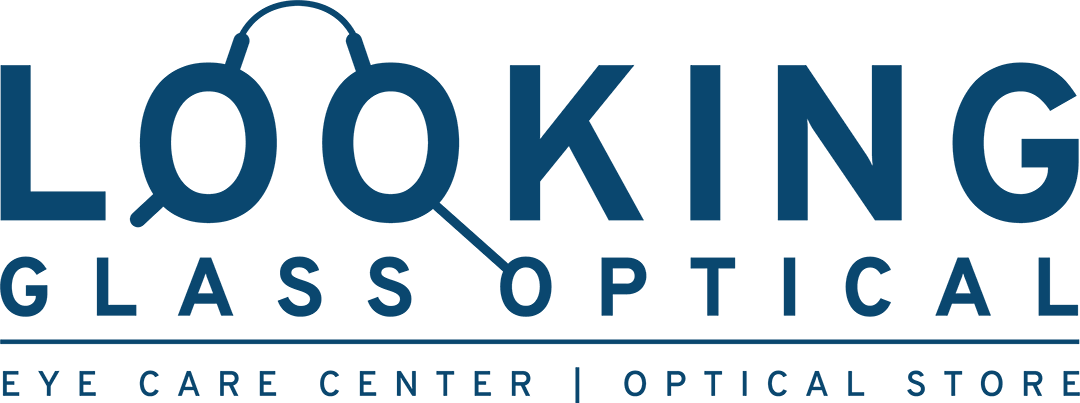Understanding Keratoconus: Diagnosis, Treatment, and Specialty Contact Lenses
Keratoconus is a progressive eye disorder that affects the cornea, the transparent front part of the eye. The cornea gradually thins and bulges into a cone-like shape, causing distorted vision. This condition often starts during the teenage years or early adulthood and can progress over time.
Diagnosis of Keratoconus
Fortunately, with early diagnosis and appropriate treatment, individuals with keratoconus can manage their condition and improve their vision. One effective option for managing this eye condition is the use of specialty contact lenses. In this blog, we will explore the diagnosis, treatment options, and the role of specialty contact lenses in managing keratoconus.
Eye Examination: The first step in diagnosing any eye condition is a comprehensive eye examination by an eye care specialist or an optometrist. During this examination, the eye care professional will evaluate the shape and thickness of the cornea using specialized equipment.
Corneal Topography: Corneal topography is a diagnostic test that maps the cornea’s surface. It can detect subtle changes in the cornea’s shape, making it a valuable tool for diagnosing keratoconus.
Pachymetry: Pachymetry measures the thickness of the cornea. In this eye condition, the cornea tends to become thinner as it bulges, and monitoring its thickness is crucial for tracking the condition’s progression.
Treatment Options for Keratoconus
Once diagnosed, keratoconus can be managed through various treatment options depending on the severity of the condition:
Glasses: In the early stages, eyeglasses can help correct vision problems. However, as the condition progresses, glasses may become less effective.
Contact Lenses: Specialty contact lenses are the primary treatment for moderate to advanced keratoconus. These lenses are designed to provide a smooth, regular surface for light to enter the eye, improving vision. There are several types of specialty contact lenses for keratoconus:
- Rigid Gas Permeable (RGP) Lenses – These rigid lenses offer excellent vision correction for keratoconus patients by providing a stable surface over the irregular cornea.
- Scleral Lenses – Scleral lenses are larger, gas-permeable lenses that vault over the cornea and rest on the white part of the eye (sclera). They are a highly effective option.
- Hybrid Lenses – Hybrid lenses combine a rigid center with a soft lens skirt, offering the clarity of RGP lenses with the comfort of soft lenses.
- Custom Soft Lenses – In some cases, custom soft lenses with specific designs can be used to address mild keratoconus.
Corneal Cross-Linking: This procedure involves applying ultraviolet light and riboflavin drops to strengthen the cornea. It can help slow or stop the progression.
Intacs: Intacs are small, thin implants placed in the cornea to reshape it, improving vision. They can be an option for some keratoconus patients.
Looking Glass Optical Can Help Diagnose
Keratoconus is a vision disorder that can significantly impact one’s quality of life. However, with early diagnosis and the right treatment approach, individuals can enjoy improved vision and a better quality of life. Specialty contact lenses, such as RGP, scleral, hybrid, and custom soft lenses, play a vital role in managing this condition by providing precise and stable vision. If you suspect you have keratoconus or have a diagnosis, consult with us at Looking Glass, and Dr. Teles will determine the most suitable treatment plan for your specific needs.
